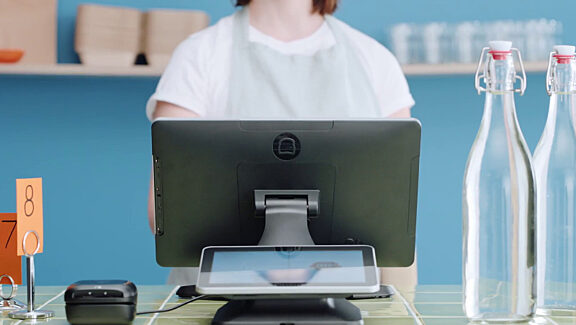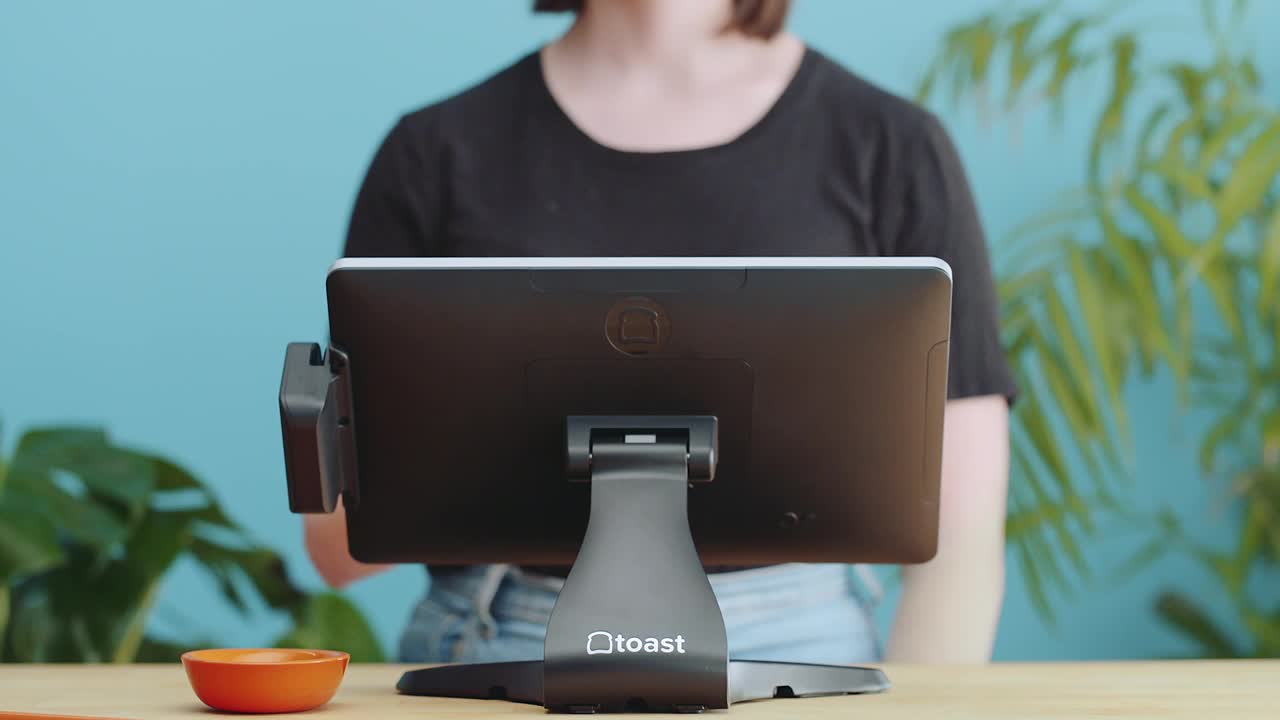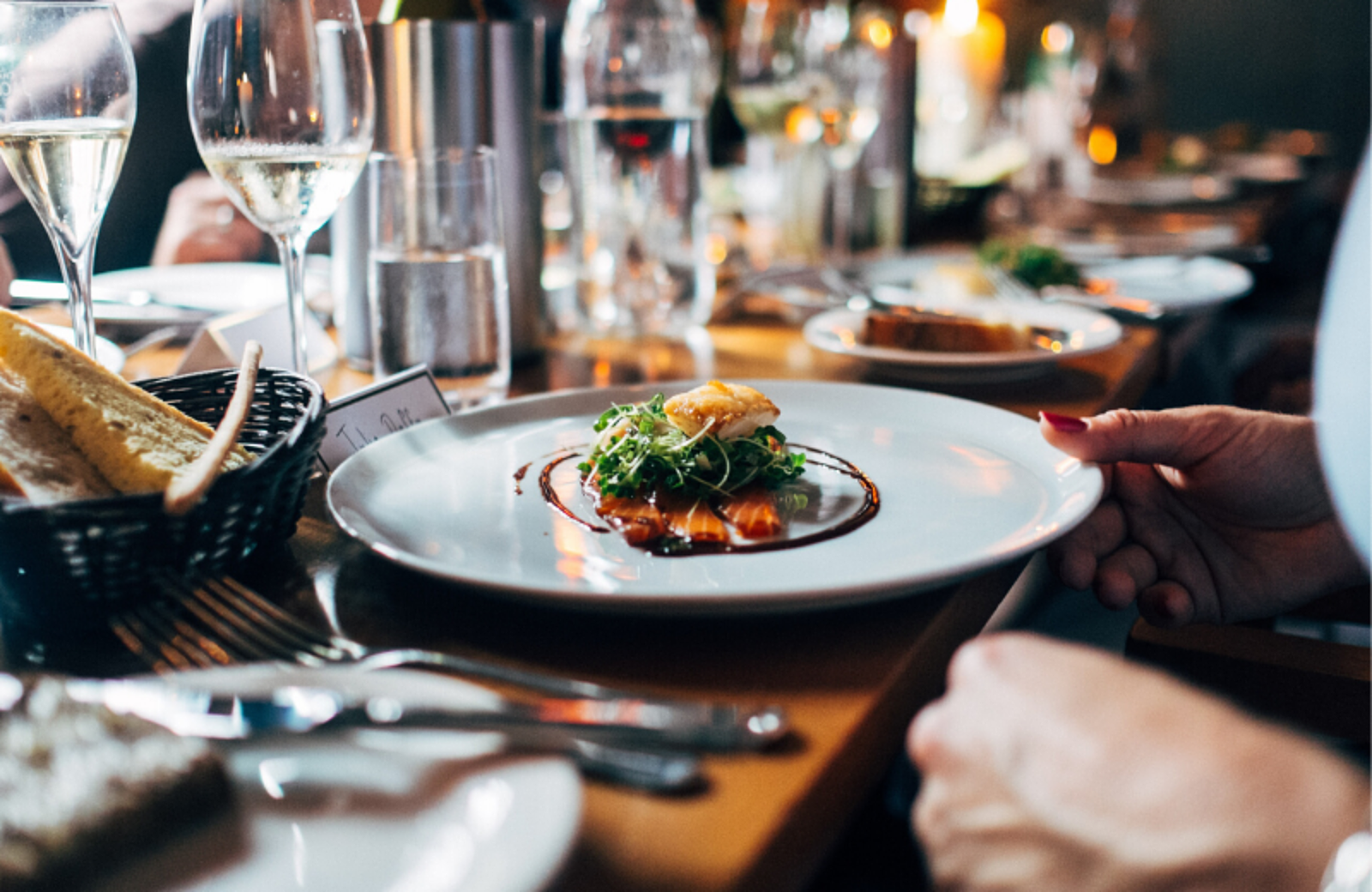What is the Average Restaurant Profit Margin? Tips for Benchmarking and Optimizing

Justin GuinnAuthor
What is a good profit margin for a restaurant?
The range for restaurant profit margins typically spans anywhere from 0 – 15 percent, but the average restaurant profit margin usually falls between 3 – 5 percent.
As anyone in the foodservice industry will attest to, getting a restaurant off the ground — and keeping it running — is no simple task. Long hours and hard decisions abound, but with a bit (okay, a lot) of preparation and planning, you can transform logistical (and sometimes physical) pain into financial gain.
A quick scan of the current state of the restaurant industry can make the restaurant landscape look a bit bleak: massive turnover, exorbitant labor costs and food costs, sky-high rent, punishing online reviews... the list goes on.
But ultimately, whether a restaurant’s doors stay open or not depends on one thing: profit margin. You can calculate it using our free restaurant profit margin calculator.
Keep reading for a complete guide to restaurant profit margins, and learn everything you need to know on how to achieve and maintain profitability in the restaurant business.
Restaurant Cost Control Guide
Use this guide to learn more about your restaurant costs, how to track them, and steps you can take to help maximize your profitability.

Complete Guide to Restaurant Profit Margins
What is restaurant profit margin?
Where profit is an amount expressed in dollars and cents, the profit margin is the amount of profit expressed as a percentage of annual sales.
Profit is money left over after subtracting operating expenses from gross revenue, and how you generate revenue may include more than just food and beverage sales. Total sales may consist of catering, venue hire, branded merchandise, and packaged goods, co-working space sharing, and franchising agreements, among other possible revenue streams.
Unfortunately, even though your total revenue may come from more than one revenue stream, the sky's the limit when it comes to expenses. Between labor, inventory, payroll, rent, utilities, advertising, credit card processing fees, equipment repairs, restaurant POS system technology, general maintenance, and the dozens of other fixed costs, variable, and above-the-line expenses thrust upon restaurant owners, it’s common to feel underwhelmed at what’s left after you’ve made all the necessary deductions.
It's critical that you take control of your restaurant costs to minimize expenses and stretch your margin.
During your restaurant’s early years, it’s important to manage your average restaurant revenue and gross profit margin expectations. Of course, it'd be wonderful to be the next overnight success story, but the fact is the vast majority of restaurateurs take on significant debt and achieve limited profitability when first starting out.
Making conservative estimates and goals will serve you well when unexpected start-up costs crop up. When it comes to profits, sustainability is key.
The higher the profit margin, the better. But as we’ll explore in the next section, your restaurant profit margins are always subject to change, sometimes as a result of things outside of your control.
What is the average profit margin for restaurants?
Just as a restaurant’s success is not wholly determined by the food or drinks it serves, the average profit margin for restaurants is impacted by a host of factors, like average cost per customer (especially if you've managed to upsell), the type of restaurant operation it is, and so on.
The range for restaurant profit margins typically spans anywhere from 0 – 15 percent, but the average restaurant profit margin usually falls between 3 – 5 percent.
Any Introduction to Statistics textbook will explain how outliers — data points on the extreme ends of a spectrum — affect averages. Gross revenue and expenses vary significantly between a QSR and a Michelin star restaurant. So it’s worth researching profit margins specific to your niche when determining how much profit you should make in a restaurant.
The biggest takeaway here is to set a goal to maintain “average-or-better” restaurant margins, year over year.
Restaurant Operator Insights Report
See insights from real restaurant operators which can help you benchmark your current and planned restaurant technology stack against your peers as we head into 2024 and beyond.

How can I improve my restaurant profit margin?
There are two ways to approach this:
a. increasing sales volume relative to expenses, or
b. decreasing expenses relative to sales volume
You can also keep up to date with the state of ingredient prices by checking out Toast's monthly updated ingredients pricing pages such as chicken wings, bacon, broccoli, and more!
It’s important to keep in mind that when it comes to typical restaurant margins — much like almost everything else in the industry — what works for one may not work for all.
For example, many QSR and FSRs believe a straight reduction in hourly labor or supplies will produce a “quick win” to cut costs and increase profits. However, this is a tactic that must be approached with caution, as failure to plan for the effects of these adjustments can compromise your customer experience, your staff morale, and your bottom line.
When it comes to restaurant expenses, people often reference the “Big Three”:
As a rule of thumb, one-third of revenue is typically allocated to cost of goods sold (COGS), another third to labor, and the remainder must account for any additional overhead expenses.
Proactive planning is crucial. It's something that rests at the heart of every successful business venture and is essential for all types of restaurants, be they fine dining full-service restaurants, fast food quick-service restaurants, or food trucks. Setting conservative restaurant goals will offset circumstances beyond your control — things like inclement weather and economic downturns.
To help you on your way, here are seven strategies designed to keep your customers, staff, suppliers, and bank account happy.
Restaurant Metrics Calculator
Use this free calculator to calculate the key restaurant metrics needed to understand the health and success of your business.

1. Monitor Your Metrics
Expenses are a bit like toddlers: leave them unattended and they’re guaranteed to run amok.
Critically evaluating your restaurant’s metrics is a great way to protect against runaway expenses. The good news is that metrics are everywhere in the foodservice industry: menu item sales, traffic patterns, and utility usage are just a few examples.
This information points to your restaurant’s financial health and provides justification for responsible, profitable changes. Whether you’re making the switch to energy-efficient light bulbs or overhauling your inventory management system, even the small changes can have a big impact.
7 Restaurant Performance Metrics and How to Calculate Them
2. Implement Smart Scheduling
Given how much of your revenue goes to payroll, streamlining your staff schedules is an easy way to ensure your restaurant is sufficiently staffed to meet customer demand at any hour of the day. Over-scheduling and under-scheduling both pose a threat to your profit margin, so it’s essential to track what times and days are busiest for you and schedule accordingly. Creating a smart restaurant scheduling solution with your restaurant manager will not only save you time scheduling but will also reduce your labor costs by matching staffing levels to projected sales.
Free Resource: Try our free restaurant scheduling template.
3. Take Advantage of Technology
As mentioned above, operating a fully integrated POS system is an expense. But it’s one that can end up paying for itself in any number of ways. Not only does it input and track customer payments, it ensures accuracy when it comes to orders (no more comped bills!), improves efficiency (making it easier to turn around tables), increases security (safeguarding against theft), and allows you to keep track of employee performance, manage your inventory, and gain overall insight into the operation of your business.
And that’s just one technological tool at your disposal. Facilitate online ordering, which has emerged as a must in the time of COVID. Or consider purchasing restaurant-specific accounting software, inventory management software, or various operational or financial supporting systems, in order to gain a concrete, real-time understanding of your restaurant margins.
4. Cultivate an Online Presence
Traditional marketing is associated with big dollar signs. But nowadays, you can take your act online. Thanks to the power of social media, you have 24/7, cost-effective access to a world of prospective customers. Restaurant marketing is easier than ever, and there are dozens of creative strategies to try.
Considering most people live with their faces buried in their smartphones, it should come as no surprise that diners are regularly seeking out restaurant information and recommendations online. So the first step is to maintain visibility, and that starts with an up-to-date website and Google My Business listing. Make sure potential patrons have all of the (correct) info they need, in order to make it through the doors of your restaurant and to order online, including phone number and address, current menu and prices, COVID protocols, and social media links.
Instagram. Facebook. Twitter. It’s imperative to open accounts on all the major platforms and keep them updated with relevant info, compelling content, and of course, mouthwatering pictures. You also want to make sure it’s easy for customers to link to you if they have images to share from a recent meal or a glowing review to share. Oh, and while you’re at it, consider taking advantage of LinkedIn too. It allows you to engage and network with other people in your industry, and even source talent when seeking employees.
Finally, sending emails to your loyal customers is an extremely effective way to get your guests back in the door.
5. Reduce Food Waste
Food costs already take a giant bite from your budget, so it’s a shame to not take full advantage of every last apple or every crust of bread. The first step towards reducing waste (and protecting your restaurant profit margin) is to not over-order in the first place. Take a critical eye at your inventory, in order to ensure you’re not bringing in more perishable ingredients than you stand to use each week.
You also need to make the most of what you already have. Be creative when it comes to planning your menu, by developing dishes around the bones and skin from your proteins, the peels and cores from your fruit and vegetables, and even the grinds from your coffee.
Finally, proper storage isn’t just sanitary — it’s financially savvy. Keep costly ingredients from getting tossed in the bin prematurely by wrapping them appropriately, keeping them at safe temperatures, and labeling them clearly, so you never miss an expiration date.
6. Address Employee Turnover
Restaurants are facing one of the most severe labor shortages in decades, which presents all manner of obvious problems for owners. But did you know it also actively costs money? The average cost of turning one hourly restaurant employee is $5,864. So with a 73% annual employee turnover rate, poor employee retention can stand to cost your restaurant $428,072 or more each year.
Luckily, we’ve already composed an entire guide aimed at reducing employee turnover. By providing on-the-job skills training, developing safe workplace culture, and encouraging constructive feedback, you’ll boost morale and bolster your bottom line.
7. Safeguard Against Ebbs
It is perfectly normal for even a profitable restaurant to experience ebbs and flows in traffic. Once you start tracking peak customer rush times, you’ll also start noticing lean times — weeks or months when traffic temporarily drops off.
To keep customers coming through your door all year long, and to give your business a competitive edge, consider starting some sort of loyalty program, or extending special offers, reduced menu prices, incentives, and promotions, to coincide with identified slow times.
Keep an Eye on your P&L
The basis for any restaurant's financial decisions — and the best indicator of its health — is an up-to-date profit and loss statement. Check out this template to get started on yours or to compare it to your current P&L.


A POS platform built to grow with your restaurant
Running a restaurant is hard. Using Toast isn’t. See how Toast differs from other point of sale platforms and get a customized walkthrough for your unique needs.
Want to see Toast in action?
Are you a Toast customer? Log in to Toast.
By requesting a demo, you agree to receive automated text messages from Toast. We’ll handle your info according to our privacy statement. Additional information for California residents available here.
Is this article helpful?
DISCLAIMER: This information is provided for general informational purposes only, and publication does not constitute an endorsement. Toast does not warrant the accuracy or completeness of any information, text, graphics, links, or other items contained within this content. Toast does not guarantee you will achieve any specific results if you follow any advice herein. It may be advisable for you to consult with a professional such as a lawyer, accountant, or business advisor for advice specific to your situation.


